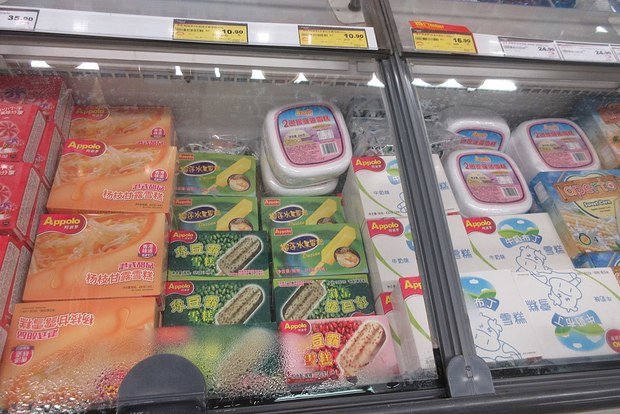Russian ice cream getting popular in China
But the sales are constrained by the expansion of fake analogues
After President Vladimir Putin treated guests of the 2016 Group of 20 meeting in Chinese Hangzhou to Russian ice cream, the sweet attracted the attention of Chinese consumers. Despite the twice higher price compared to Chinese counterparts, Russian ice cream is gaining popularity in some local Chinese markets, especially in Northeast China. However, the growth is also accompanied by an influx of fake products.
Despite its relatively higher price, Russian ice cream has suddenly become a market darling in some local Chinese markets, reports Global Times citing Song Kui, president of the Contemporary China-Russia Regional Economy Research Institute in Northeast China's Heilongjiang Province. Chinese customers choose Russian ice cream due to its natural ingredients and to the fact that Russian agricultural products are pollution- and GMO-free, considers Song. He added that other Russian agricultural products such as flour and beer were also quickly gaining popularity among Chinese consumers.
According to Pavel Kudriavtsev, the Russian Chamber of Commerce and Industry's chief representative in Beijing, export of Russian ice cream to China increased by 17,5% year-on-year in the first half of 2017. Russkiy Kholod, Marka and ICE RUS are among the most popular brands.
Roman Lola, CEO of Russian Iceberry, considers Russian ice cream to be a niche product in China, as all Russian exporters together account for only 3% of the market. Iceberry is going to sell over 15 million portions of ice cream in China in 2018, although the company is ready to double and even triple its supplies to the country. ''This is a very good start, but [the current supply] is very little for the large Chinese market, and not so big for our company. We sell the same amount over less than a week in Russia,'' Lola commented.

The rise in popularity of the Russian sweet has caused an influx of counterfeits. Producers of fake Russian ice cream use some Russian ingredients but not dairy products, as they cannot be imported under the current arrangements, explained an anonymous source familiar with trade at the Sino-Russian border. He said that the current market was filled with predominantly fake products and a small amount of smuggled ones.
Pavel Kudriavtsev confirms that fake Russian food products account for 70% of the market share in Northeast China with ice cream and chocolate being the top victims. ''A significant rise in improper activity known as 'gray customs clearance' is killing the interests of some Russian ice cream makers in the Chinese market, and they are even starting to lower supply," he said adding that with large producers showing concern, small-scale wholesales of Russian ice cream is failing to satisfy Chinese consumers' demand.